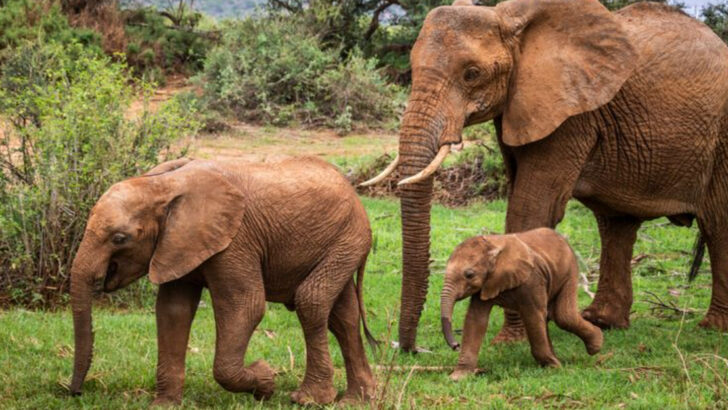Parenting isn’t just a human skill—it’s a wild superpower mastered by some of nature’s most surprising creatures. These 12 animals don’t just raise their young; they go above and beyond, showing devotion and care that would make any parent proud. From the ocean’s depths to the forest canopy, their parenting tactics are full of clever tricks, fierce protection, and tender moments you’d never expect. Get ready to meet the ultimate animal parents who redefine what it means to nurture, protect, and teach—sometimes outshining even the best human efforts.
Emperor Penguin
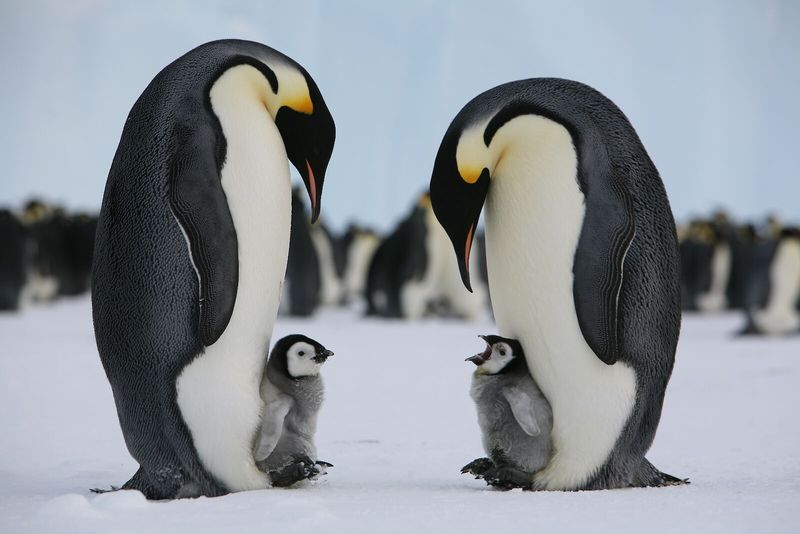
In the frigid expanses of Antarctica, the Emperor Penguin fathers display extraordinary dedication. With temperatures plummeting below freezing, they cradle their eggs on their feet. These avian guardians endure harsh winds while the mothers forage for food. Each father remains steadfast, protecting the delicate eggs from the relentless cold. Their commitment lasts for months, often without nourishment. This remarkable endurance showcases a selfless dedication to their future generation. Emperor Penguins exemplify resilience in parenting, thriving in one of the world’s harshest environments. Their story inspires admiration for nature’s tenacity.
African Elephant
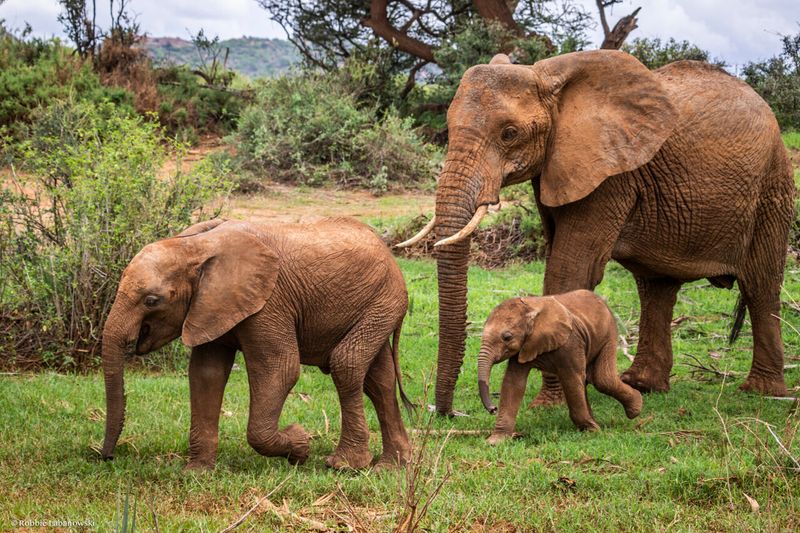
African Elephants are matriarchal marvels, where females lead their herds with wisdom. The mothers exhibit incredible empathy and social bonds, often collaborating to nurture the young. Aunts and sisters also partake in this communal care, forming a supportive network. Calves benefit from this collective upbringing, learning essential survival skills. Through gentle guidance and protection, elephants create a nurturing environment. Their strong family ties contribute to their overall well-being. African Elephant herds embody the essence of community-driven parenting, where love and cooperation thrive. This structure ensures the safety and growth of the young.
Octopus
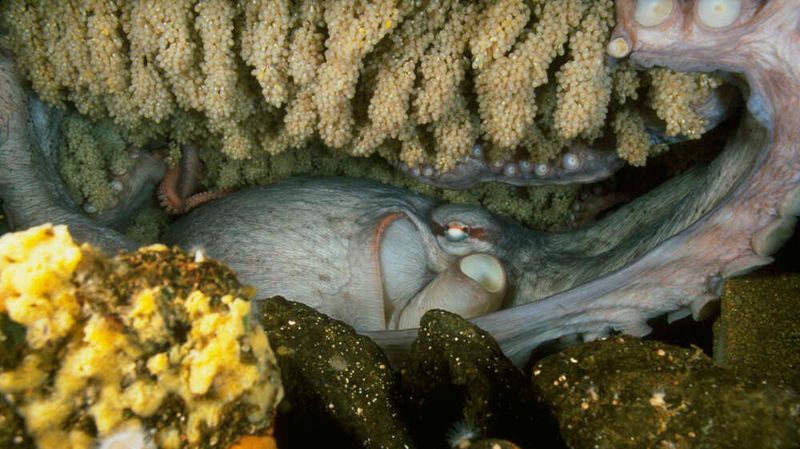
The Giant Pacific Octopus exemplifies ultimate maternal sacrifice. After laying thousands of eggs, the mother dedicates her life to their care. She vigilantly protects them from predators, ensuring a safe environment. Her dedication is so complete that she refrains from eating, slowly weakening as she nurtures her offspring. This incredible act of selflessness culminates in her own demise. The young hatch and embark on their solitary journey. This poignant cycle of life highlights the octopus’s unwavering devotion. Such sacrifice underscores a profound bond between mother and offspring, even in the depths of the ocean.
Wolf
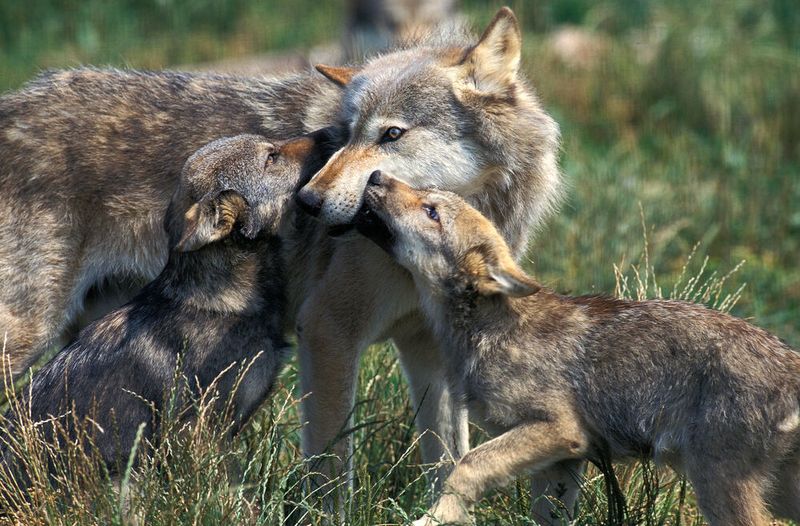
Within the wolf pack, parenting is a coordinated effort. The alpha pair leads with strength and strategy, while the entire pack contributes to rearing the pups. Older siblings assist by bringing food and teaching vital skills. This cooperative system ensures that each pup receives ample attention and care. The hierarchy within the pack provides structure and stability. Wolves demonstrate a unique blend of discipline and affection in their approach to parenting. The young are raised with a strong sense of loyalty and community. Such tight-knit family dynamics foster resilience and adaptability.
Poison Dart Frog

In the vibrant rainforests, Poison Dart Frogs exhibit a colorful approach to parenting. Mothers carry their tadpoles to secluded water pools, ensuring a safe habitat. This meticulous journey requires patience and precision. The mothers provide each tadpole with an individual space, away from potential predators. Their vivid colors serve as a warning, deterring threats. This careful planning illustrates a commitment to offspring survival. Poison Dart Frogs’ parenting showcases the lengths to which nature will go to protect its young. Their vivid appearance and nurturing behavior create a striking contrast.
Orangutan
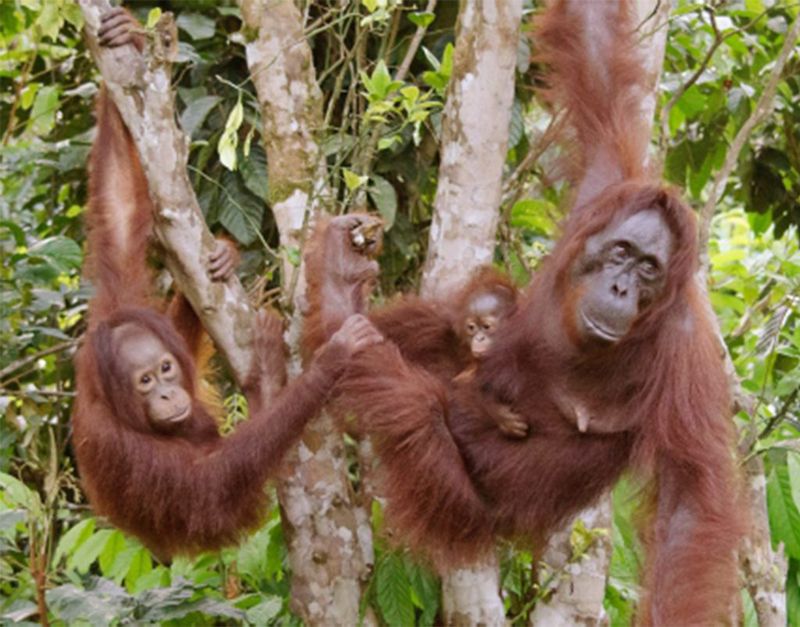
Orangutans, found in the dense forests of Borneo and Sumatra, display profound maternal bonds. Mothers nurture their young for up to eight years, teaching them essential survival skills. This extended care period fosters strong emotional connections. The dense canopy offers both shelter and learning opportunities. Through gentle guidance, orangutan mothers impart wisdom on foraging and navigation. Their solitary lifestyle highlights the importance of this relationship. Such intense maternal dedication ensures that the young are well-prepared for independence. Orangutan parenting exemplifies the beauty of enduring family ties in the wild.
Meerkat
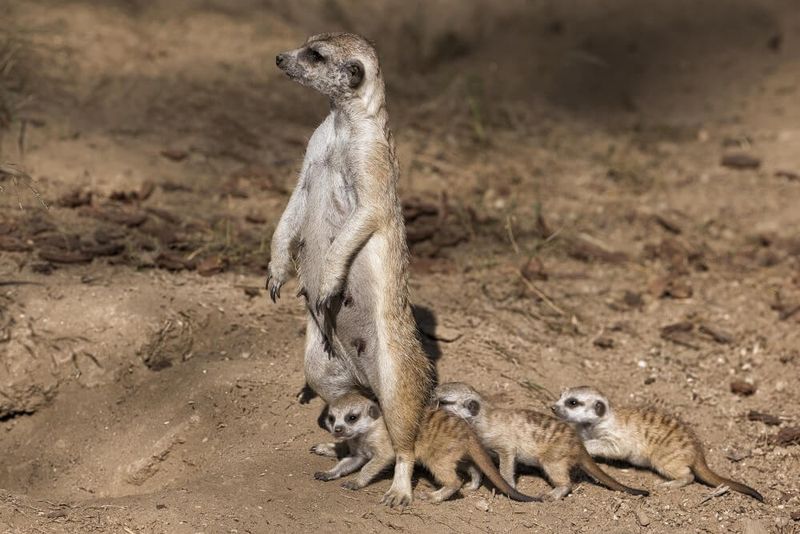
In the arid landscapes, Meerkats stand as vigilant sentinels. Their social structure revolves around communal parenting, where family members share responsibilities. One or more adults act as lookouts, watching for predators while others forage for food. Such cooperation ensures the safety and well-being of the young. Meerkat pups learn teamwork and alertness from an early age. Their tight-knit groups foster a sense of belonging. This shared vigilance and care strengthen their survival instincts. Meerkats exemplify unity in parenting, where each member plays a vital role.
Emperor Tamarin
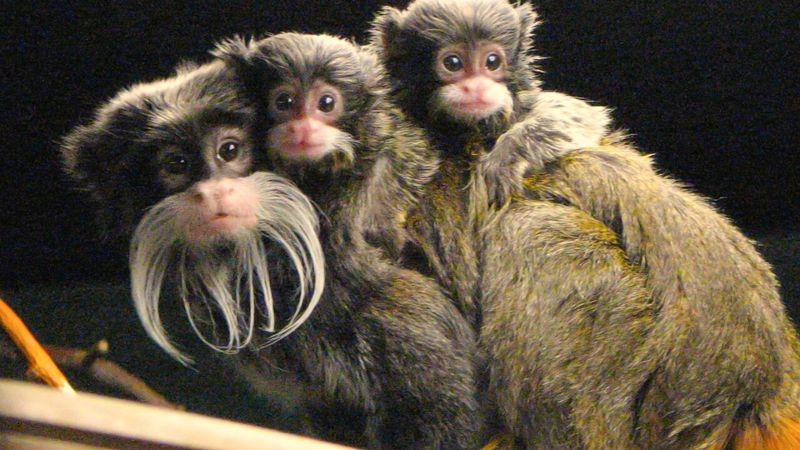
With their distinctive mustaches, Emperor Tamarins bring a regal flair to parenting. Found in the Amazon, these primates form close-knit family units. Males play a significant role in child-rearing, carrying infants on their backs. This involvement allows mothers to recuperate quickly. The young tamarins receive constant attention and care, learning essential social behaviors. The vibrant rainforest provides a dynamic backdrop for their upbringing. Emperor Tamarins showcase a harmonious balance of duties, where both parents contribute to nurturing. Their cooperative parenting fosters strong familial bonds.
Red Fox
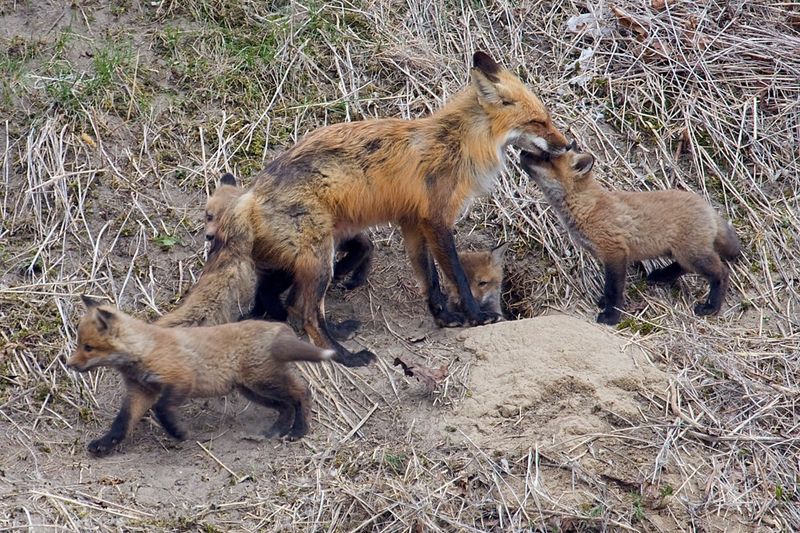
In the woodlands, the Red Fox family thrives with strategic parenting. The vixen, or mother fox, is attentive and nurturing, while the dog fox guards the territory. Both parents engage in teaching hunting skills and foraging. As the kits grow, they practice these skills through play. This playful learning environment enhances their development. Red Foxes balance protection and education, ensuring their young are well-equipped for future challenges. Their adaptability is evident in their diverse habitats. This harmonious parenting approach allows the kits to thrive and explore.
Alligator
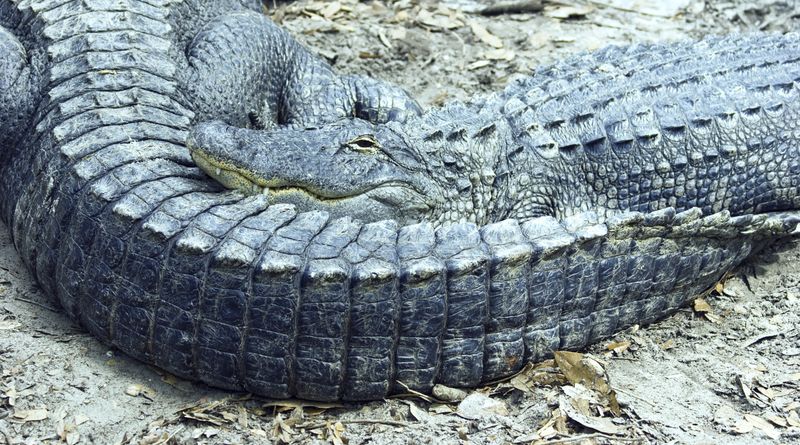
The American Alligator’s parenting is fierce and protective. Mothers carefully build nests and guard them with vigilance. Once the eggs hatch, she transports the young to the water, gently holding them in her mouth. This initial relocation ensures their safety from predators. Her watchful presence continues as the hatchlings learn to navigate their watery world. Alligator mothers exhibit a blend of protection and guidance, fostering independence. This formidable guardianship allows the young to flourish in a challenging environment. Such dedication highlights the resilient nature of alligator parenting.
Bee-eater
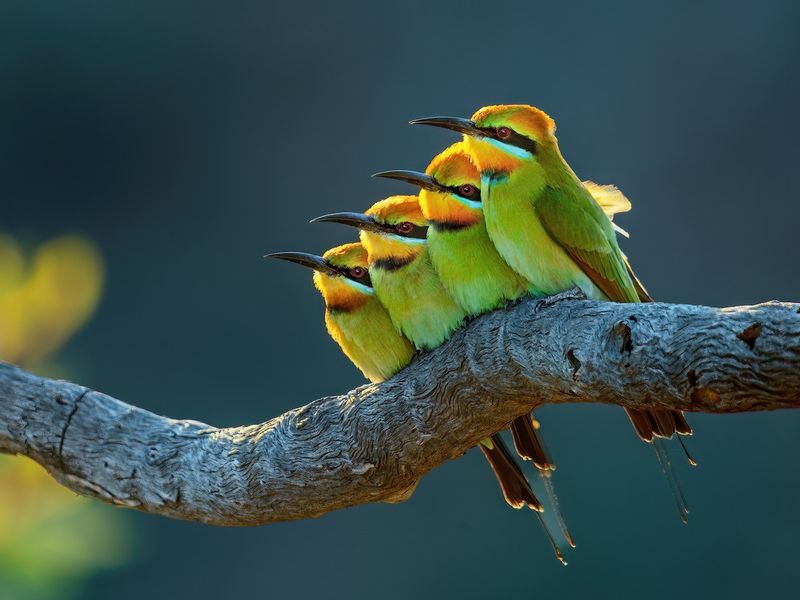
Bee-eaters, with their vibrant plumage, embrace cooperative parenting. Nesting in sandbanks, these birds form colonies with intricate social bonds. Parents and helpers share the task of feeding the chicks, providing a steady supply of insects. This collaborative effort ensures the young receive ample nutrition. Learning to fly and forage is a community endeavor. The colony thrives through this mutual support system. Bee-eaters illustrate how cooperative care enhances survival. Their colorful presence and social dynamics create a lively spectacle.
Japanese Macaque
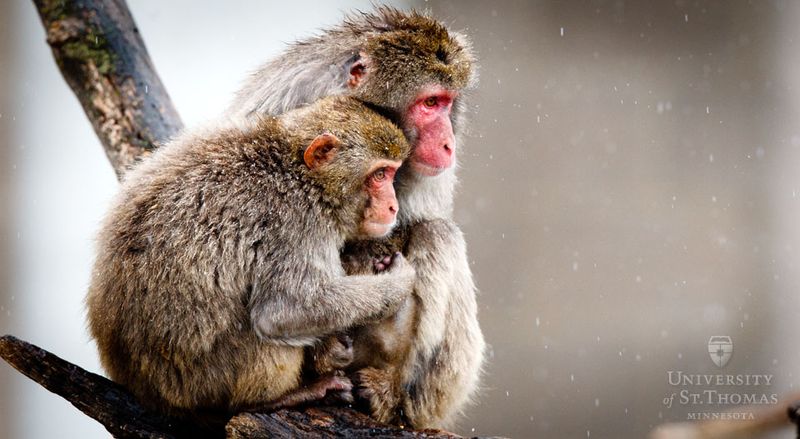
In the snowy regions of Japan, Japanese Macaques display warmth and affection in parenting. Mothers cuddle their infants in hot springs, providing warmth and bonding opportunities. These interactions strengthen social ties within the troop. Young macaques learn through observation and play, honing survival skills. The snowy environment offers challenges that foster resilience. Maternal care in macaques extends beyond basic needs, emphasizing emotional nurturing. Their unique adaptation to cold climates highlights the importance of familial bonds. Japanese Macaques provide a heartwarming example of nurturing in harsh conditions.

